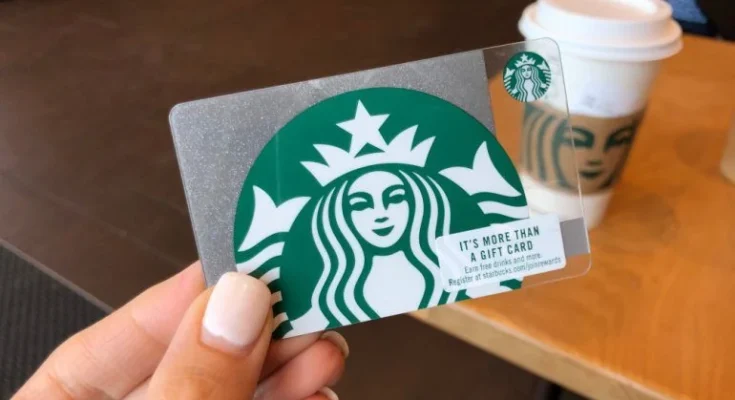Gift cards are split into two types based on where you spend them. Open-loop cards are accepted at any location that accepts major payment networks. Closed-loop cards work only at specific stores or restaurant chains. The differences go beyond just acceptance locations – they affect fees, expiration dates, replacement policies, everything about how the card functions. Closed-loop cards show individual store branding. Shoppers exploring gift card options often find a variety of choices, and my-giftcardmall.com provides a convenient way to access both general-purpose and store-specific cards seamlessly. A restaurant card is valid at locations owned by the restaurant company. Recipients must visit those specific places; otherwise, the money remains unused.
Fee structures differ
- Open-loop cards charge $3.95 to $6.95 activation fees per card
- Closed-loop cards usually charge zero activation fees
- Open-loop cards may charge monthly fees after 12 months of sitting unused
- Replacing lost open-loop cards costs $5 to $15
- Closed-loop replacement fees vary by each retailer’s policy
- Adding money to open-loop cards triggers reload fees
- Using open-loop cards overseas incurs foreign transaction charges
A $50 open-loop card provides $44 spending power after fees. A $50 closed-loop card gives you the full fifty dollars. Maintenance fees gradually erode open-loop balances over time. Most closed-loop cards retain their value indefinitely, unless state laws require the funds to be turned over to the state.
Usage patterns vary
Open-loop cardholders shop at multiple stores, making small purchases until they have spent their entire balance. Buy groceries, get gas, order online – spend it anywhere. The cards are compatible with almost any website that accepts credit cards. Some businesses won’t take them for car rentals or hotel rooms because those require holds exceeding the card balance. Closed-loop recipients typically shop at a single retailer, often emptying the card in one or two visits. Someone with a clothing store card visits the store, makes their purchase, and that’s it. The focused spending means these cards are used more frequently. Less chance they sit forgotten in drawers.
Balance checking methods
- Open-loop cards require calling phone numbers or visiting issuer websites for balance information
- Closed-loop cards let you check balances at store registers or retailer apps
- Open-loop balances get confusing after gas station or restaurant authorization holds
- Closed-loop systems show exact transaction amounts immediately
- Open-loop cards rarely provide detailed spending histories
- Closed-loop cards often link to loyalty programs, showing complete purchase records
Open-loop cardholders sometimes attempt to make purchases only to find that their funds are insufficient. Pending charges or forgotten holds can create confusion. However, closed-loop users know their exact balance before checkout—no surprises at the register.
Merchant acceptance
Open-loop cards work at millions of locations worldwide. Gas stations, grocery stores, restaurants, online shops – anywhere major credit cards work. This broad acceptance seems ideal until you encounter the small percentage of merchants who decline gift cards. Some restaurants won’t apply open-loop cards to tips. Some merchants turn off gift card acceptance for specific purchase categories. Closed-loop cards operate at fewer total locations but experience zero merchant acceptance issues within their network. Every location bearing that retailer’s name accepts their cards—no confusion, no declined transactions, no explaining to cashiers why the payment won’t process.




